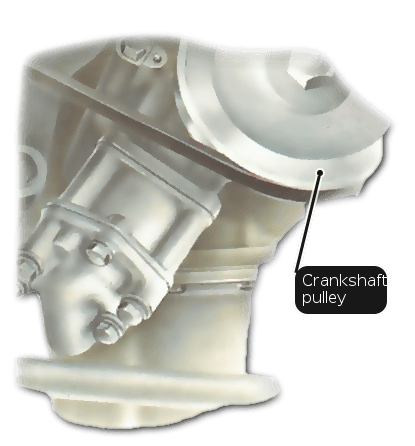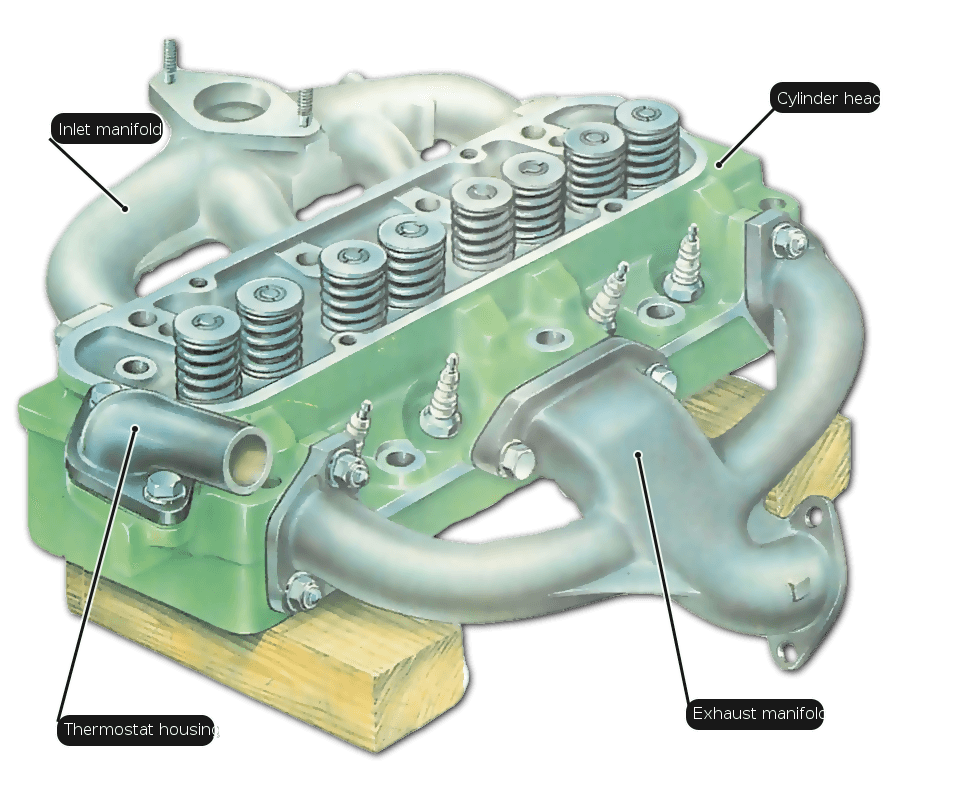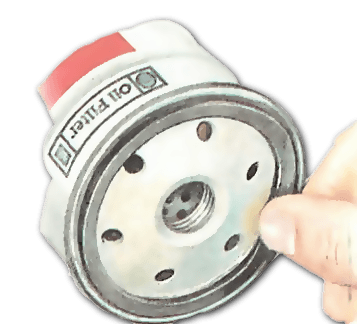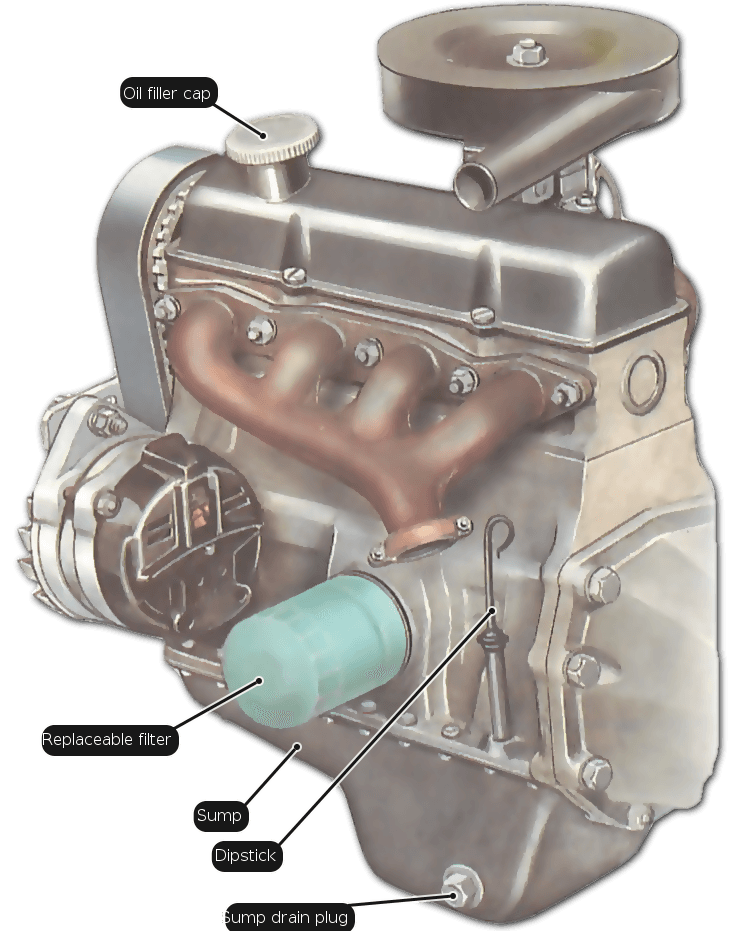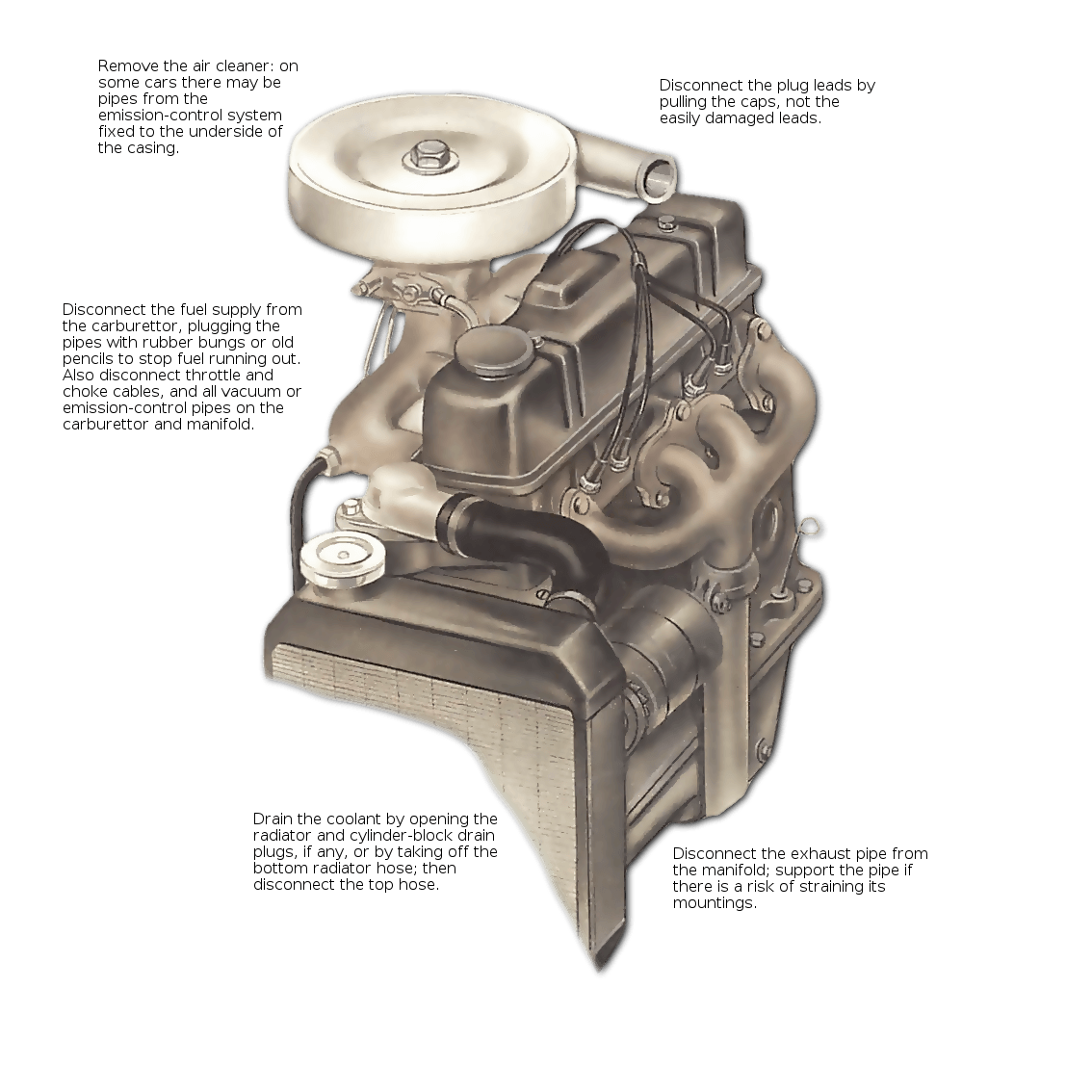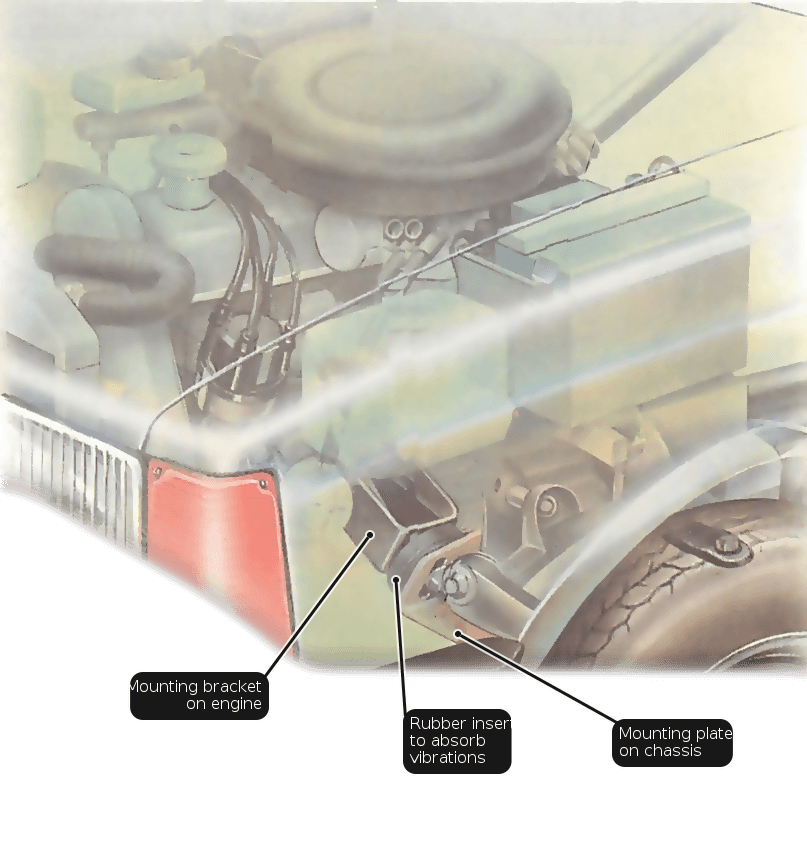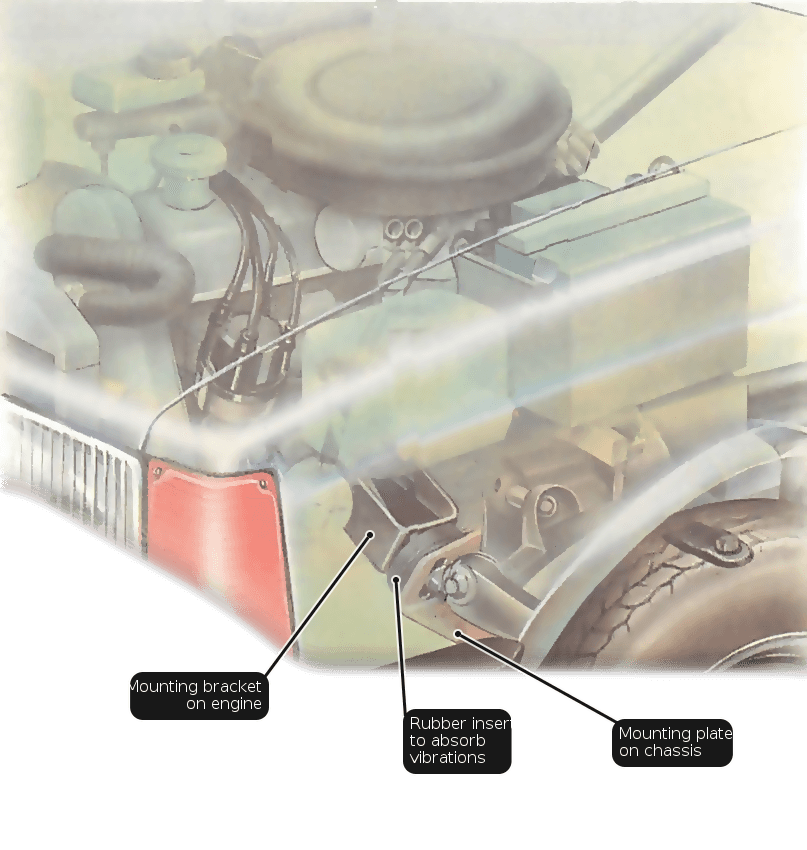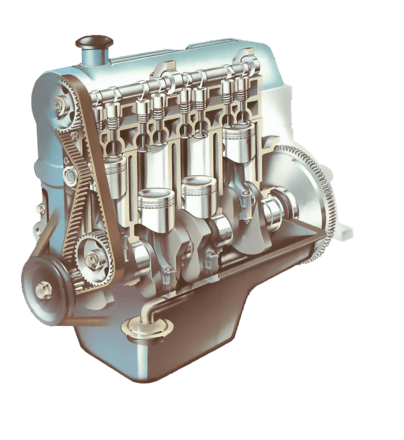Engine oil pump replacement
Multi-lobe rotary pumps are the most common type of oil pump. Externally mounted oil pumps usually have the oil filter attached to the pump body. If the oil pump is fitted to the outside of the engine, you may be able to reach it from under the bonnet. If not, apply the handbrake and support the engine end of the car on axle stands. Chock the other wheels. On externally mounted pumps, remove the oil filter (See How to drain engine oil and remove filter). On engines where the pump…
Read More